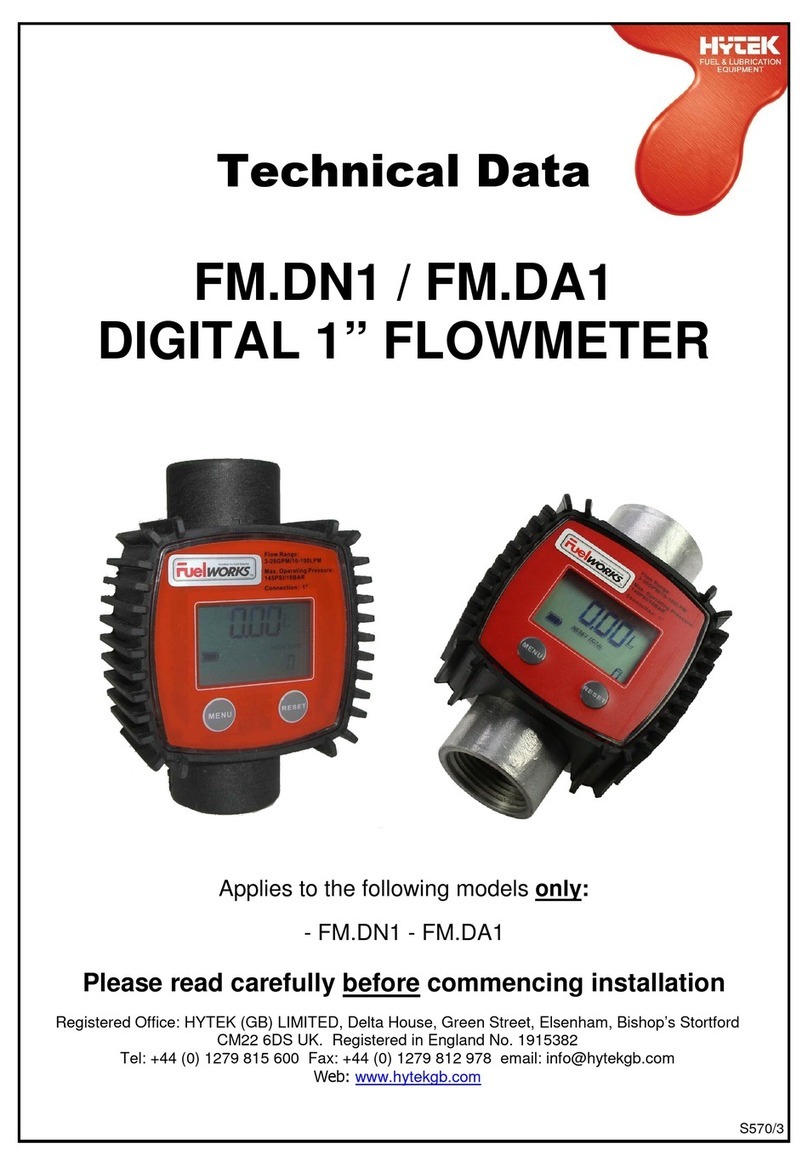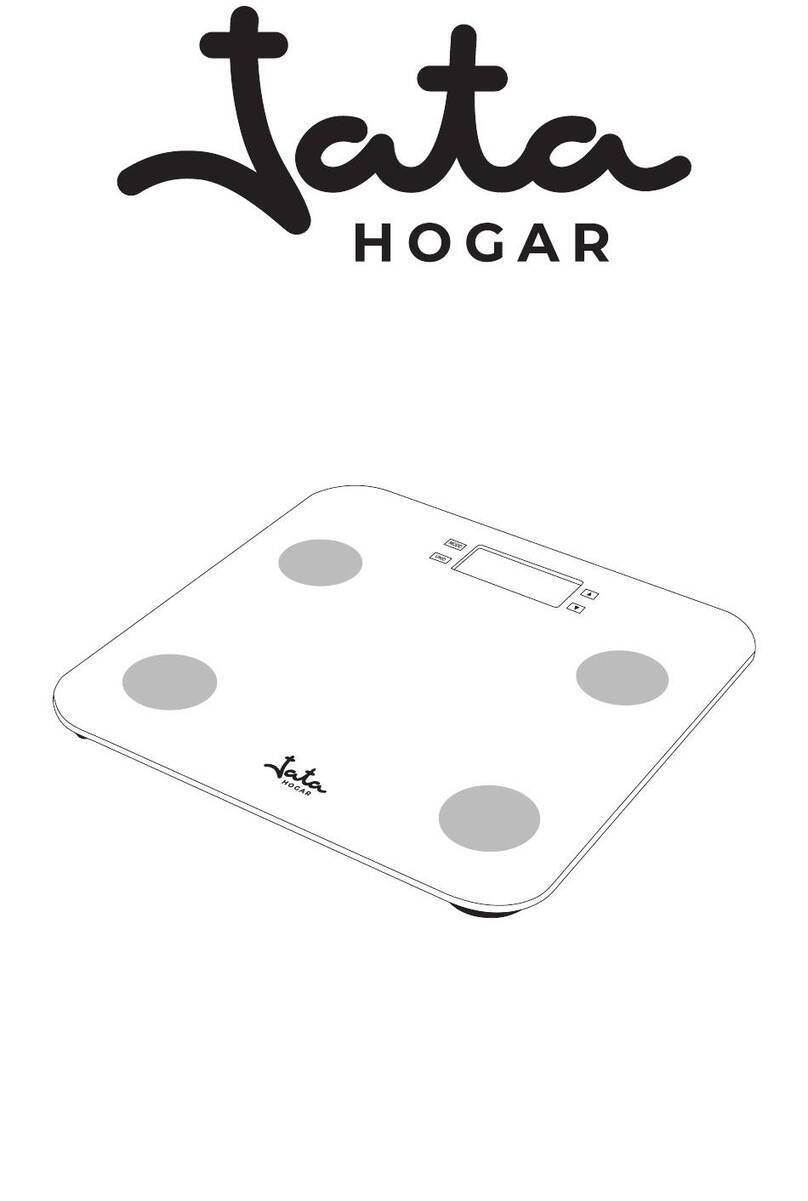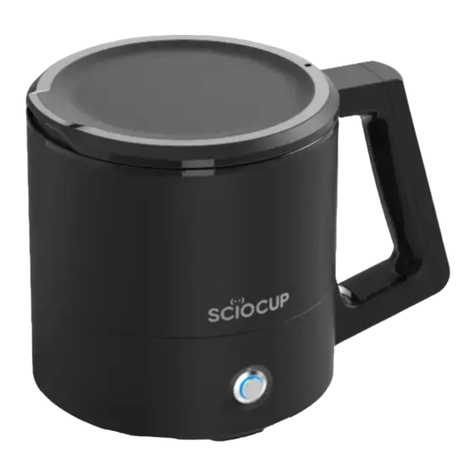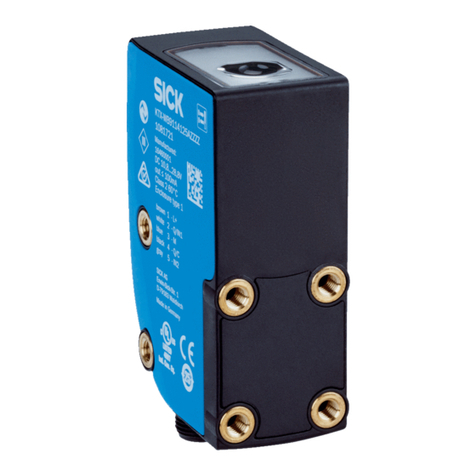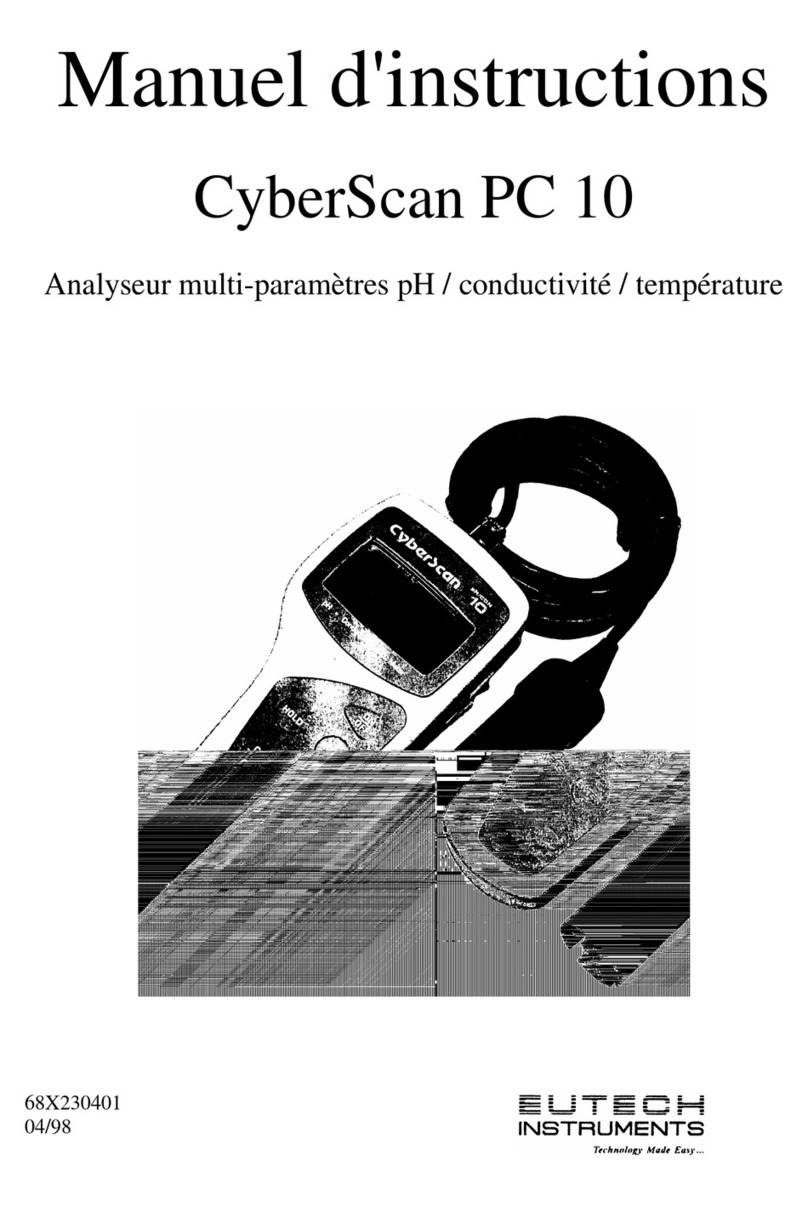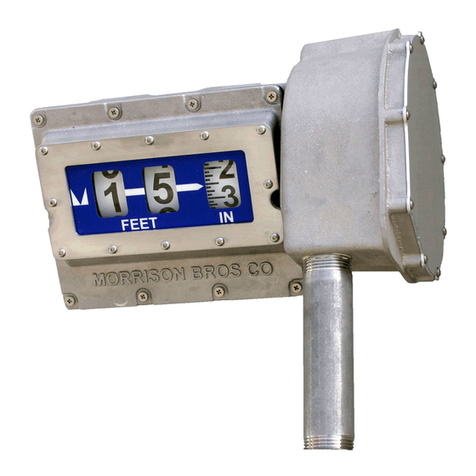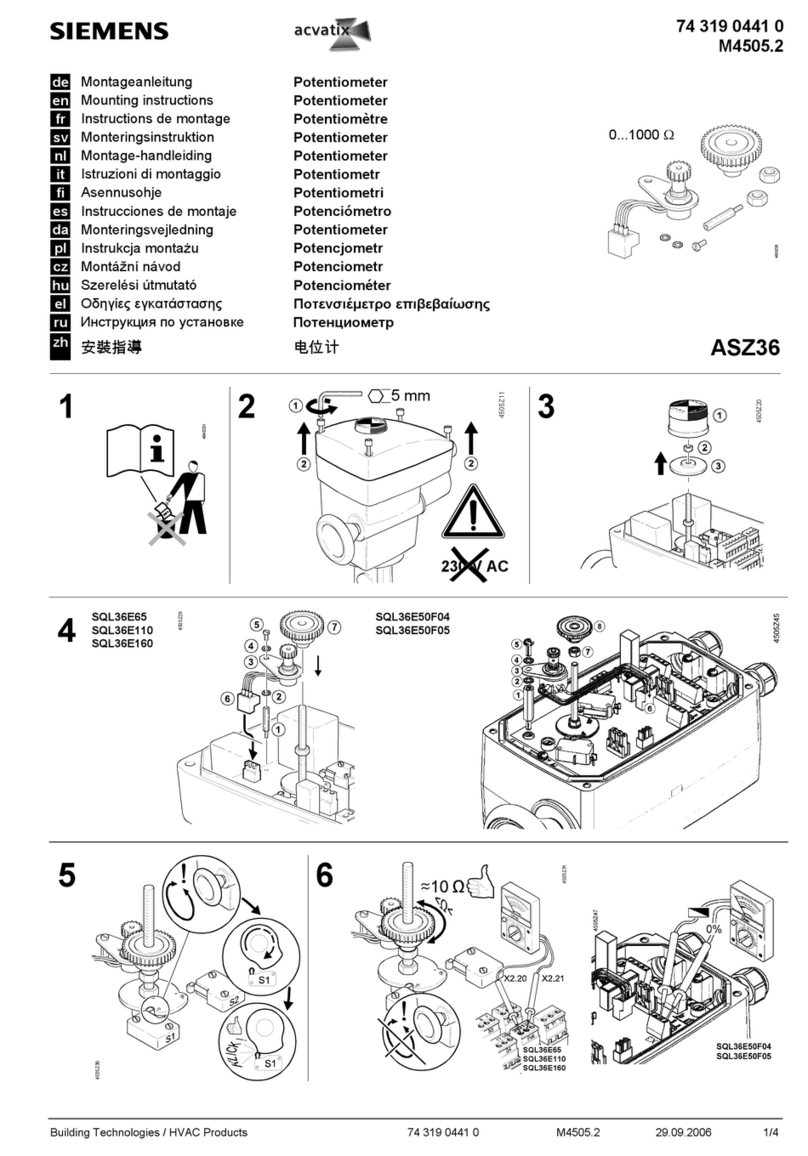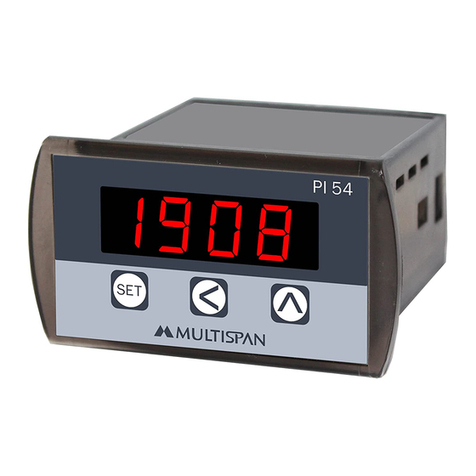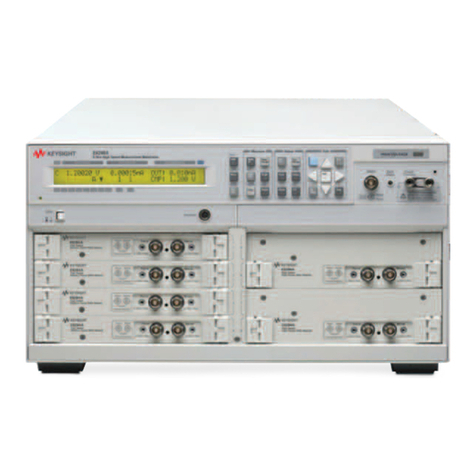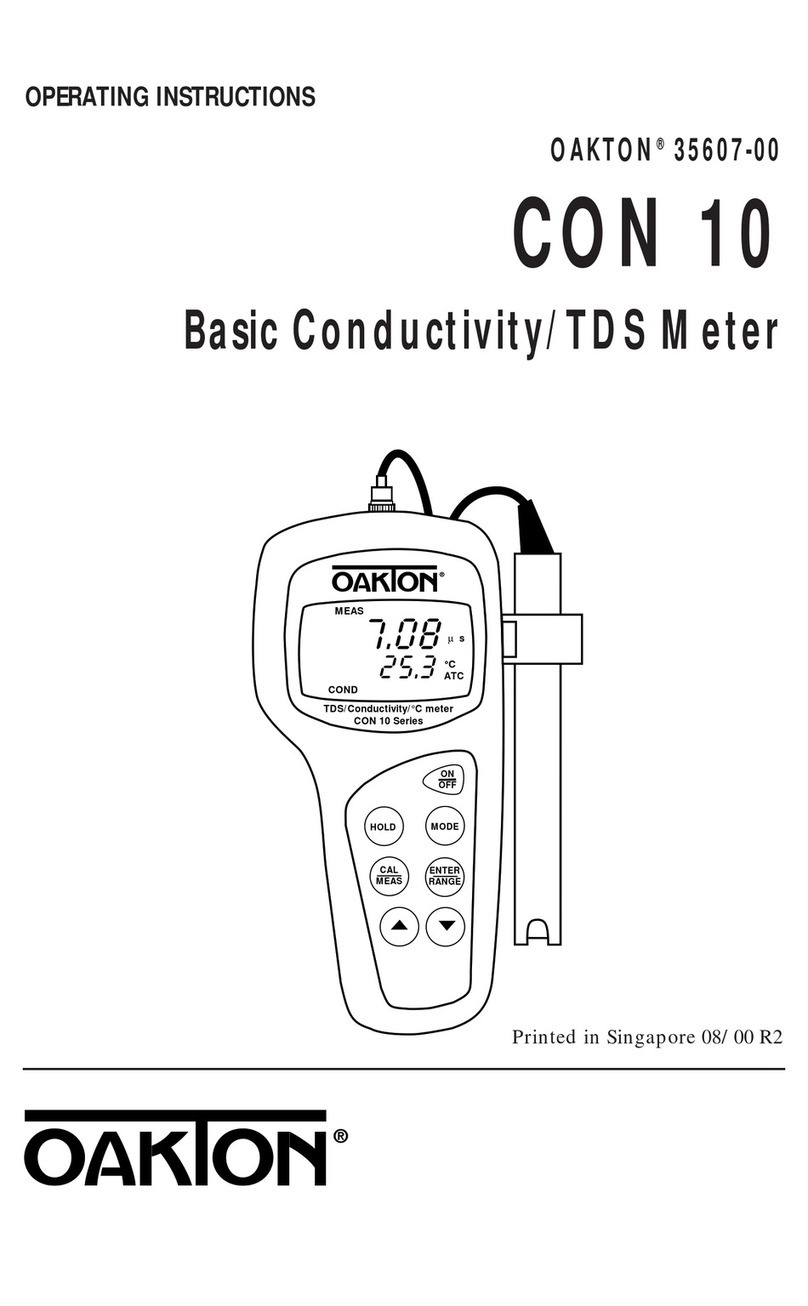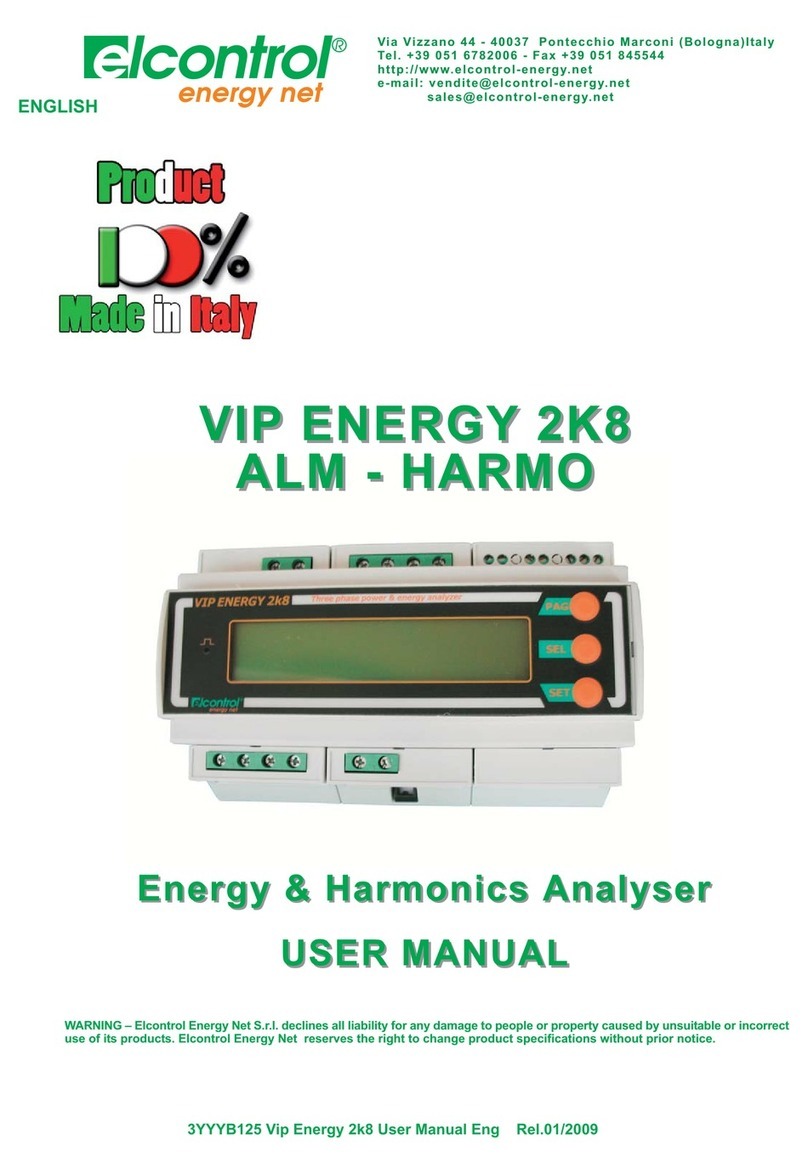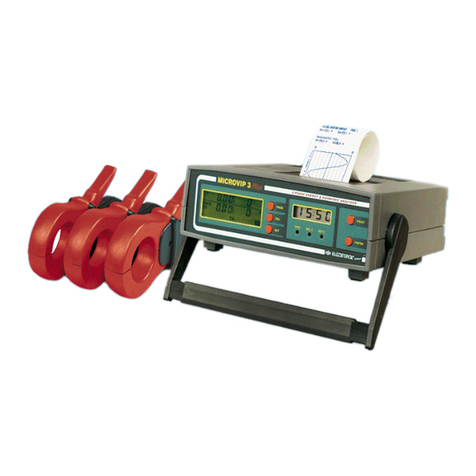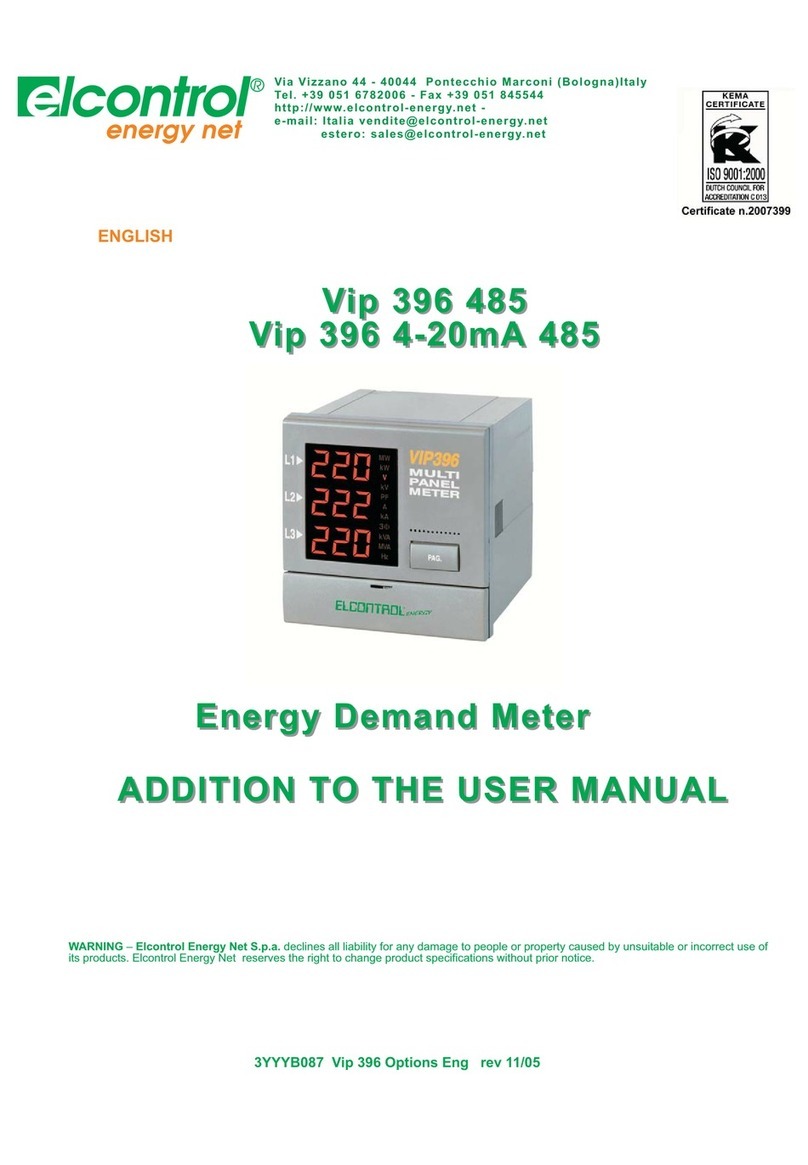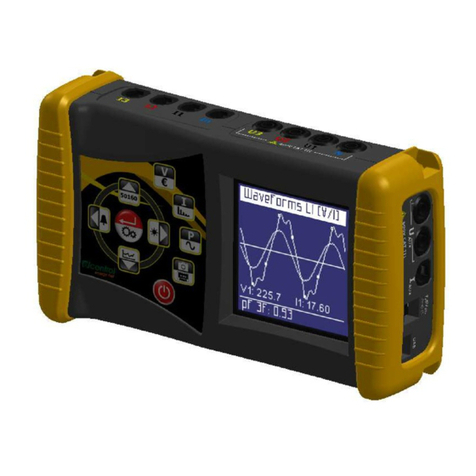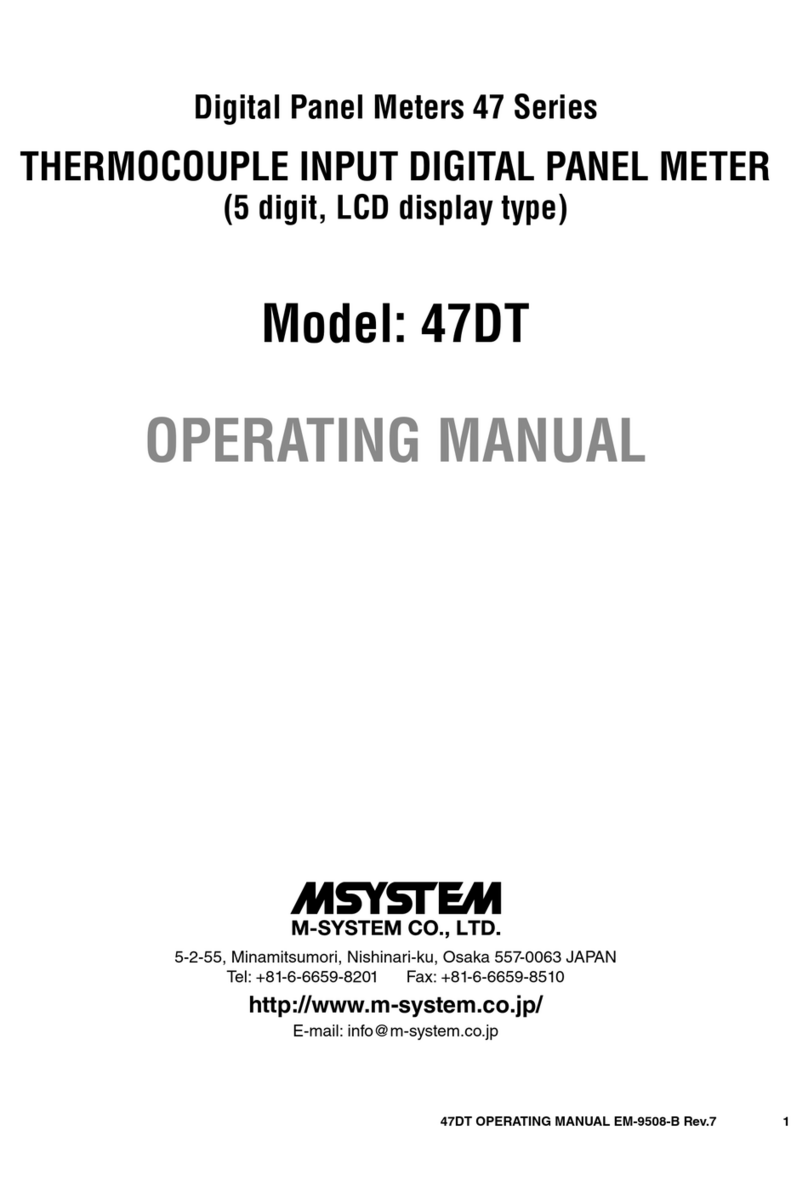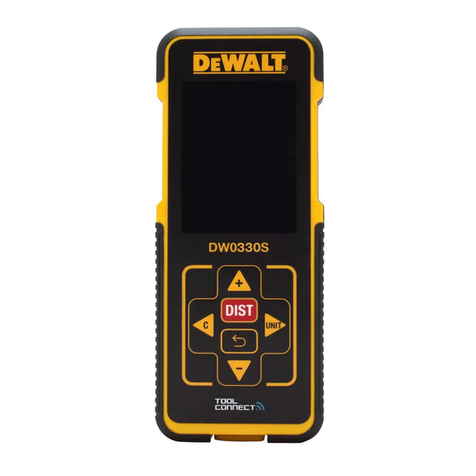
2.5 INTERRUPTIONS
An interruption is any break in the instrument power supply which is in no way
related to the measurements being made. If the kind of monitoring is required fo
one of the phase on which measurements are being made. the instrument must be
supplied by the circuit to which the voltage measurement cables are connected.
An interruption is a complete voltage failure (O Volts).
Interruptions in operation of any length are immediately recorded on the print-out.
Interruptions faIl into one of three different categories:
MICRO-INTERRUPTIONS
Power supply failure lasting between 2.5 mSec and 1 sec.
A line such as that shown below is printed out. identifying the date. hour, minutes
and seconds at which the micro-interruption occurred and its duration in mSec.
MIGRO INTERRUPTION DD:MM:YY: HH: mm: ss xxxms
For interruptions lasting longer than one second, the instrument prints the date and
hour of the beginning and end of the interruption.
The print-out is of the following type:
MAINS INTERRUPTION DD: MM: YY: HH: mm: ss
MAINS RETURN DD: MM: YY: HH: mm: ss
If switched off, the instrument prints the date and time when it is switched off and
switched on again.
POWER OFF DD:MM:YY HH: mm: ss
POWER ON DD:MM:YY HH: mm: ss
In case of MICRO INTERRUPTIONS or MAINS INTERRUPTIONS the instrument
continues to run on its battery until these are exhausted, at which point it switches
off automatically.
Fig. 2.5 shows a print-out string for a short interruption in mains power supply.
Note that power supply is returned by an initial rapid re- establishment of the
switch contact (200 mSec) followed by a further re-establishment (36 Sec.)
27
2.6 PLOTTER
The instrument provides print-out in bar graph form of the measurements of two
parameters selected among those available: the plotter mode cannot be used
for maximum measurements and energy readings.
The instrument stores 24 measurements for each parameter at intervals preset
by the operator (sampling time). At the end of the sampling period the two
plotter graphs are printed one after the other.
The plotter zero and full scale values may be preset by the operator o
established automatically by the instrument.
As shown in Fig.2.6 , the tape also shows the date, the parameter monitored in
the graph, the hour when the readings were taken, the values of the 24
measurements in numbers, and the preset zero and full scale values.
If the parameter shown in the plotter graph has also passed one of the alarm
thresholds, the data print-out also indicates the alarm value.
When interpreting plotter graphs, remember that the instrument may give
negative measurements for some electrical parameters (- kW indicates active
power supplied to the circuit; -Coø indicates leading power factor. etc.)
These parameters may be represented in a plotter graph as shown in Fig. 2.8,
which shows the reactive power of a capacitor bank. This is first too low ( + KV
Ar) , and is then in excess of the load circuit requirement ( -KV Ar) in
succeeding periods.
It should also be remembered that the forced print procedure already de-
scribed in the timed print section can be used to obtain immediate print-out of a
partial plotter graph (see Fig. 2.7).
The forced print procedure can also be used to synchronise the two plotte
functions, which are generally programmed at different times and thus start at
different times. This also occurs when the instrument is switched on, since the
forced print procedure is carried out automatically.
2.7 ALARM SIGNALLING
The instrument is able to indicate (by print-out) whether a parameter has
exceeded a maximum threshold preset by the operator (Maximum alarm).
In the same way. it is also able to indicate when a parameter passes below a
minimum threshold preset by the operator (Minimum alarm).
28




















